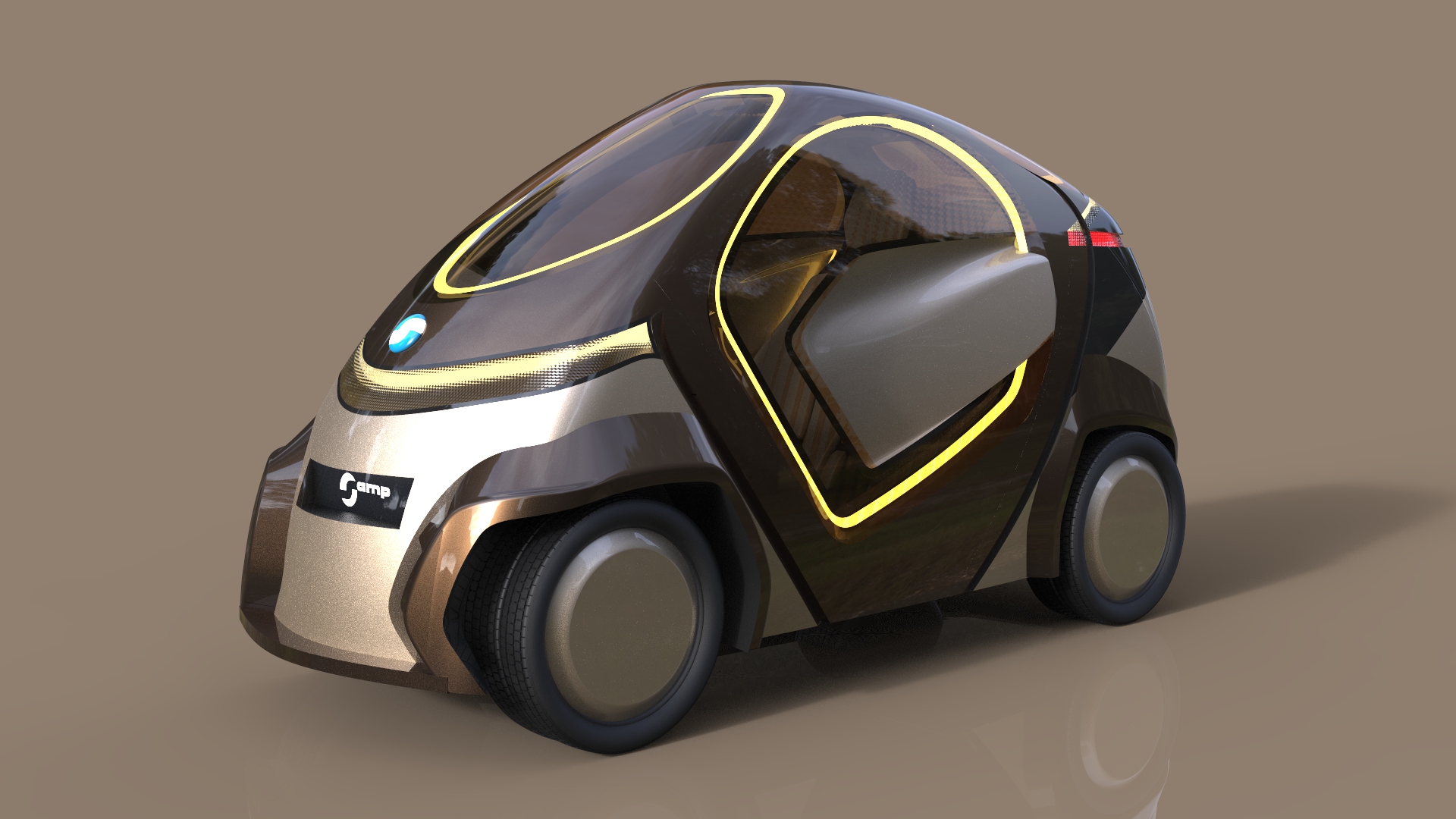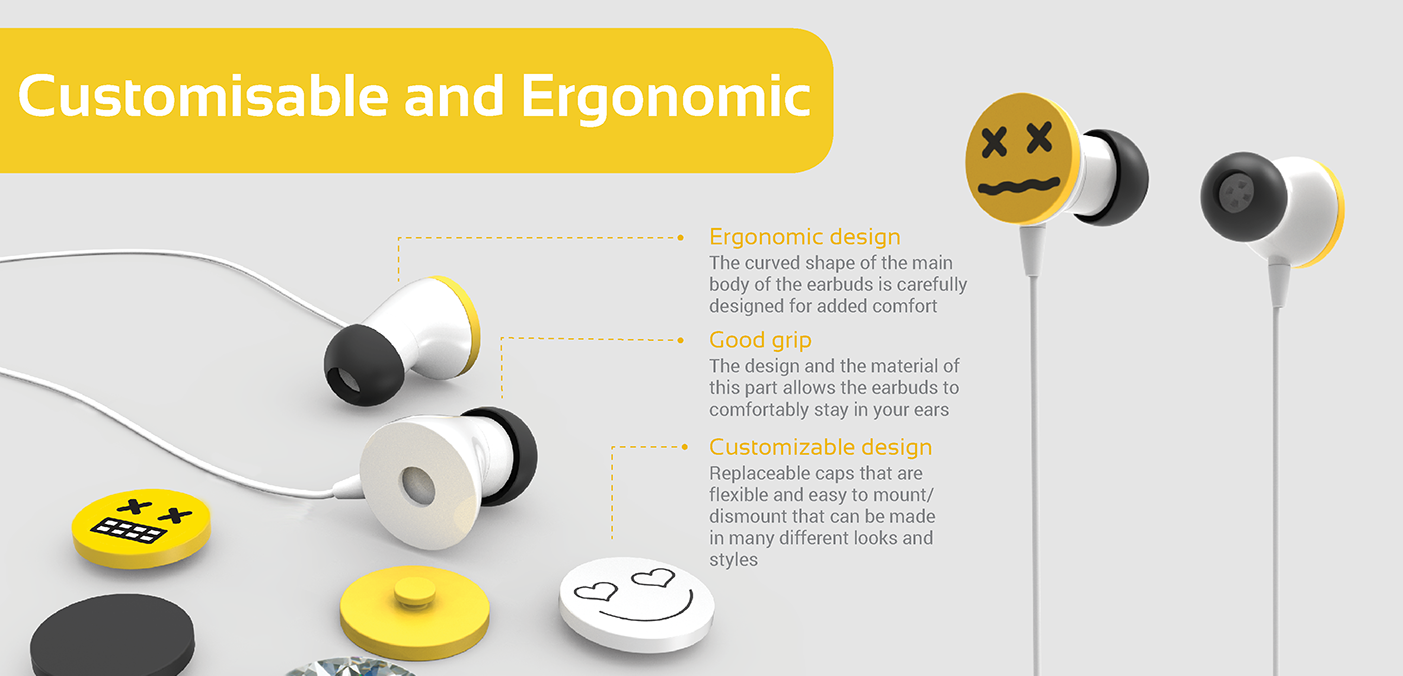Product design has long been considered an art form in and of itself, but what exactly is the difference between fine art and product design? Is product design just a subset of fine art, or are the two from entirely different creative planets?
When looking up the differences and similarities between art and product design, I found this quote from Clair Byrd that summed what I was thinking in two short sentences:
“Design requires a function, art does not. Design is results-driven, art isn’t necessarily.”
Unfortunately, real life design isn’t as clear cut as the definitions above make it seem to be. Art and product design are fundamentally different, but have more overlap than you’d probably imagine. Let’s dive a bit deeper into what the essence of art and product design actually are.
Your Audience

When you’re creating anything, you’re creating it for a specific audience. Your audience is ultimately who you’ll be making your art or product for (we’ll talk more about your client later, because they’re pretty important too). The audience is ultimately who you have to please when it comes to creating your vision.
When you create fine art, your audience will expect your piece to be thought provoking, but not necessarily something useful. They’ll come to view your art, but it won’t necessarily serve a function in their life.
When creating a product, your audience will be spending money to use it once it’s fully developed. Yes, the product needs to be attractive enough for them to want to purchase it, but they will ultimately determine if they like it based on how often they use it and how much easier it makes their lives. Being aesthetically pleasing is just a plus.
Your audience determines every decision that you make as a creative since you’re ultimately creating for them. Even if you’re painting a piece to bring attention to a cultural issue or a rendering of a product to streamline a common household problem, you’re making it with your larger audience in mind.
Your Purpose

Your purpose decides how you’ll approach the project as a whole. Before you start creating anything, you’ll have a reason or drive behind your work. The purpose answers the question: “why am I doing what I’m doing?”
Your purpose as an artist differs depending on the piece of art you’re making. Whether you were commissioned for a series of paintings or you’ve come up with a single original idea also influences your purpose. As an artist, your purpose typically focuses on conveying a specific message to your audience, whether that’s a critique of consumerist culture or an homage to Renoir.
Your purpose as a product designer is all about the product and consumer. When products are developed, they’re created to satisfy a need that hasn’t been met yet. Whether that’s making an ordinary product more beautiful or making something existing more user friendly, your purpose is to ultimately create a design of value for the consumer.
Your Thought Process
Your thought process is what drives your entire artistic journey.
When you’re a fine artist, anything can drive your thought process. It can be very sporadic in nature and only needs to come together at the end. There are typically no deadlines that need to be met and you have the freedom to work in the way you want.
When you’re a product designer, your thought process needs to be systematic and organized. You’ll most likely be working with a client that will want to see progress and prototypes as you go along. If you just tell them that the product will be good in the end, chances are, the person that hired you won’t be very pleased. Keeping everything organized and working through a step by step design process is essential.
Your Design Choices
Choices as a product designer or artist are inevitable. You’ll have to choose everything from materials and colors to style and function.
As an artist, design choices depend on the artist’s preferred mediums and what they specialize in. The sky’s the limit when it comes to creating. If you haven’t heard of Rauschenberg, he’s the perfect example of taking anything and creating from it. The choices are made entirely with aesthetics and your purpose as a designer in mind. For example, if you work with recycled materials, your design choices will reflect that.
For the product designer, design choices are all about budget, marketability, and ease of production. Choices are made in a practical and pragmatic manner rather than from a purely artistic standpoint. You’ll want to make sure that your choices for materials are okay with your client and are within their budget. For example, you may be all about using more sustainable products, but your client may not have the budget to make everything as eco friendly as you’d like.
Your Client

Your client is where the money comes from. This is the person hiring you to create, and that gives you the money you need so you can continue making a living as an artist. Without this person, neither the artist nor the product designer would be able to have dinner on the table, so they’re pretty vital to the creation process.
If you’re an artist, you often won’t have a client before you start work. You can try to sell your work to a private collector or a museum once your piece or collection is created, but unless it’s a commissioned work, you’re likely not getting paid up front.
The client of a product designer is the person who has an idea and needs someone to bring it to life. Oftentimes, a product designer will be collaborating with the client to make sure they are creating exactly what the client is looking for. The product designer is working to achieve the client’s goals of making the audience happy.
Your Skills
Though many of the skills that artists and product designers have overlap, each person needs to have a specific set of skills to be the best creative they can be. Both will need to fundamentally see the world in a unique way different from others to help them stand out in their fields. Other than that, their methods of work are very different.
Artists will need a set of technical skills, which varies depending on what mediums they work the most with. Artists will also need to be passionate entrepreneurs in order to sell their work, get into shows, and ultimately make a living. Being an artist is very much a solo endeavor.
Product designers will need a separate set of technical skills, which include 3D modeling and coming up with product specifications. They’ll need great communication skills to create what clients are looking for, and will need a specific type of problem solving skills to create something that is both effective and beautiful.
Your Production
How will what you’re making actually be made? This is one area in which product designers and artists differ wildly and don’t have much overlap at all.
An artist creates their own work. Their hands are creating the masterpiece from start to finish, which means that they don’t need to rely on any other person to make the piece for them. How it’s made and what it’s made of is handled entirely by them.
Product designers rarely, if ever, have their hands on the actual product. They will use software to create plans, their clients will create the prototypes based on those plans, and the product designer will take it from there. Since product designers have to consider the price of production and the cost of actually making the product, production plays a huge part in what design decisions are made. Budget dictates production, which influences the design choices the product designer makes.
How Can Art Help Product Design?
Though art and product design are wildly different at their roots, they both require a creative mind and a dedication to helping others view the world in a different way.
Overall, art is more for the eyes and is usually more thought provoking than product design. Product design is there to serve a function, fix a problem, and have the consumer in mind from start to finish.
That being said, product design doesn’t need to totally be focused on practicality. You can create an ingenious product that looks nothing like anything else on the market and still have commercial success if you have a product designer that’s both innovative and intelligent.
If you’re looking for creative minds with unique ideas, CAD Crowd is the right place for your next product design project. Let us know if you’ve worked with one of our fantastic product designers in the comments below.
